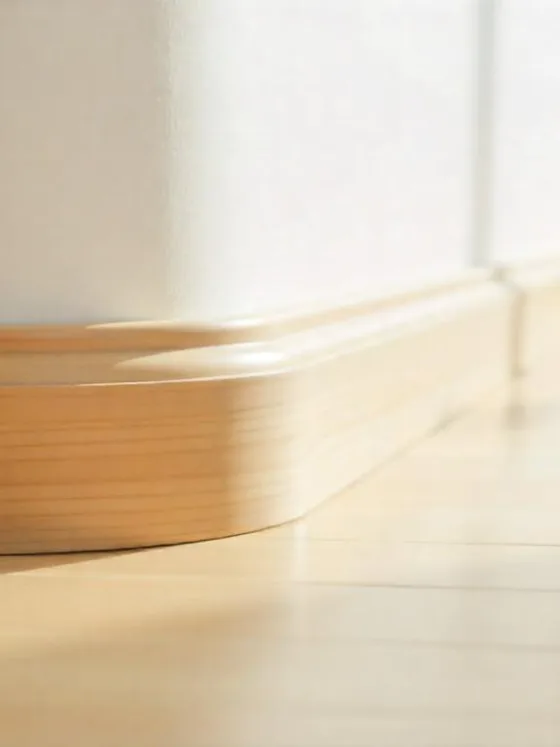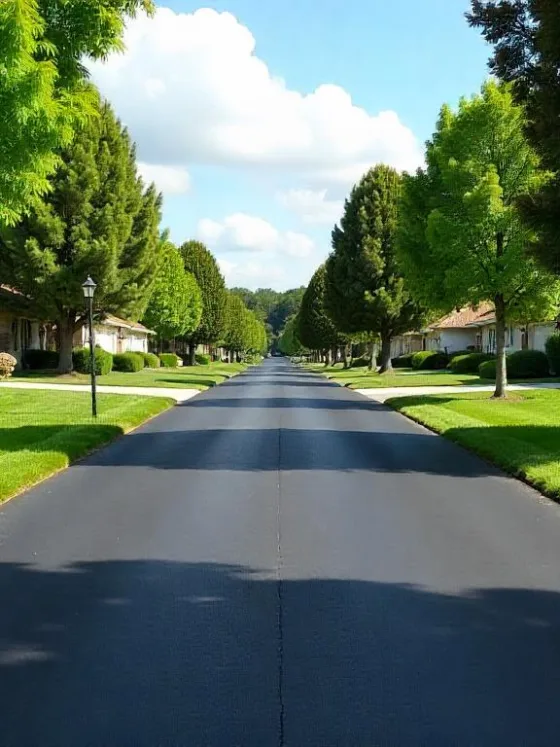Table of Contents Show
Introduction
Identifying snake holes in your yard is crucial for maintaining a safe and comfortable outdoor space. Snake holes can indicate the presence of various snake species, some of which may pose potential dangers to you, your family, and your pets. Recognizing these holes helps you take necessary precautions and manage snake activity effectively.
Potential dangers of snakes in the yard:
- Venomous bites: Snakes like copperheads and rattlesnakes can deliver venomous bites, which may require immediate medical attention.
- Threats to pets: Pets are particularly vulnerable to snake encounters, leading to possible injuries or fatal outcomes.
- Health risks: Snakes can carry parasites and diseases that might affect humans and other animals.
This article will guide you through:
- Understanding snake holes and distinguishing them from rodent burrows.
- Identifying indicators that suggest the presence of snakes.
- Effective methods for dealing with discovered snake holes.
- Preventive measures to minimize snake activity in your yard.
By following this comprehensive guide, you’ll be better equipped to address any snake-related issues that arise in your outdoor space.
Understanding Snake Holes in Your Yard
Difference Between Snake Holes and Rodent Burrows
It’s important to know how to tell the difference between a snake hole and a rodent burrow in your yard. Here are some key distinctions:
1. Snake holes:
- Circular shape
- Often found in grass, near trees, concrete cracks, and foundations
2. Rodent burrows:
- Typically have more debris around the entrance, including mounds of dirt
Characteristics of Snake Holes
Knowing what to look for can make it easier to identify snake holes. Here are some common characteristics:
- Circular Shape: Snake holes are usually round and neatly formed.
- Locations: Commonly found in lawns, under rocks, within tree roots, or along building foundations.
Common North American Snakes Found in Yards
There are several species of snakes that might choose to live in your yard. Here are some examples of common North American snakes:
- Garter Snakes
- Rat Snakes
- King Snakes
- Milk Snakes
- Corn Snakes
- Cottonmouth Snakes
- Copperhead Snakes
- Rattlesnakes
Understanding these differences and characteristics can help you better manage your yard and address any potential snake issues efficiently.
Signs of Snake Holes in Your Yard
To distinguish snake holes from other burrows in your yard, you need to look for specific signs. Here are the main indicators to watch out for:
- Shed Snakeskin: Snakes shed their skin regularly, so finding pieces of shed snakeskin near a hole can be a clear sign of snake activity.
- Feces: Snake feces have unique characteristics—they are tubular in shape, have dark colouring, and often contain white streaks. Sometimes, you might also notice bones or fur within the feces, which indicates their diet.
- Bones and Fur: If you come across bones or fur around the hole, it could suggest that a snake has recently had a meal there, further confirming it as a snake hole.
- Spiderwebs and Debris: While holes with spiderwebs or debris around them may indicate inactivity, if these elements frequently appear disturbed, it could mean that snakes are regularly moving in and out of the hole.
By keeping an eye out for these signs, you can more accurately identify whether your yard is home to snakes. Recognizing these indicators early on enables you to take appropriate steps in addressing potential snake issues.
Dealing with Snake Holes
There are several ways to handle snake holes in your yard. You can choose to leave them undisturbed, allowing the snakes to continue their beneficial role in controlling rodent populations. Alternatively, if you prefer a more proactive approach, consider filling snake holes with dirt.
Covering filled holes with burlap or chicken wire offers additional advantages. Burlap helps stabilize the soil and prevent erosion, while chicken wire acts as a barrier, discouraging snakes from re-entering the hole or creating new ones nearby.
When to Seek Professional Help
If you suspect the presence of venomous snakes, seeking professional help is crucial. Venomous species such as cottonmouths, copperheads, and rattlesnakes pose significant risks. Professionals can safely remove these snakes and provide advice on preventing future occurrences.
By carefully evaluating your options for dealing with snake holes and knowing when to call in experts, you can manage your yard effectively while ensuring safety.
Preventing Snake Activity in Your Yard
Preventing snake activity in your yard is crucial for maintaining a safe and comfortable outdoor space. Snakes can be beneficial, but it’s important to take steps to keep them at a distance, especially if you have children or pets.
1. Keep Your Grass Short
Regularly mowing grass is one of the most effective ways to deter snakes. Short grass makes it harder for snakes to hide and hunt, reducing their interest in your yard. Aim to keep grass trimmed and avoid letting it grow too long.
2. Clear Out Vegetation
Clearing brush and overgrowth helps eliminate potential hiding spots for snakes. Thick vegetation provides shelter and attracts rodents, which are a primary food source for many snake species. By keeping these areas clean, you make your yard less appealing to both snakes and their prey.
3. Remove Debris
Removing leaves, mulch, and other debris from your yard also plays a significant role in prevention. Piles of leaves or mulch can serve as ideal hiding spots. Regularly rake up fallen leaves and maintain clean garden beds to minimize these risks.
4. Take Extra Precautions
Here are some additional tips to further prevent snake activity:
- Sealing gaps in foundations: Ensure there are no entry points where snakes could enter your home.
- Using snake repellents: Natural repellents like clove oil or cinnamon oil can help deter snakes.
- Installing fencing: A snake-proof fence can act as a physical barrier, especially around gardens or play areas.
Engaging in these preventive measures creates an environment that discourages snake activity, enhancing the safety and enjoyment of your yard.
Conclusion
Knowing that most snakes are harmless and actually helpful for the environment is important in promoting coexistence. Being aware of possible snake problems in your yard is essential for the safety of both you and the snakes.
- Nonvenomous snakes: The majority of snakes in your yard are harmless and help keep pest populations in check.
- Ecosystems: Snakes play a vital role in keeping ecosystems balanced.
By understanding and appreciating these animals, you’re making the world a safer place for everyone.
FAQs (Frequently Asked Questions)
Identifying snake holes in the yard is important as it helps homeowners understand the potential dangers of snakes in the area and take necessary precautions to prevent snake activity.
Indicators of snake holes include shed snakeskin, tubular feces with dark colouring and white streaks, the presence of bones or fur in feces, as well as additional indicators such as spiderwebs or debris around the hole.
Options for dealing with snake holes include leaving them undisturbed or filling them with dirt. It is also beneficial to cover filled holes with burlap or chicken wire. In cases of venomous snake issues, seeking professional help is recommended.
To prevent snakes from entering the yard, homeowners should regularly mow grass, clear brush and overgrowth, and remove leaves. These measures help in minimizing snake activity in the area.
Encouraging coexistence with nonvenomous snakes is important as the majority of snake species are nonvenomous and beneficial for ecosystems. Understanding this encourages homeowners to stay vigilant against potential snake issues while respecting their role in the environment.










